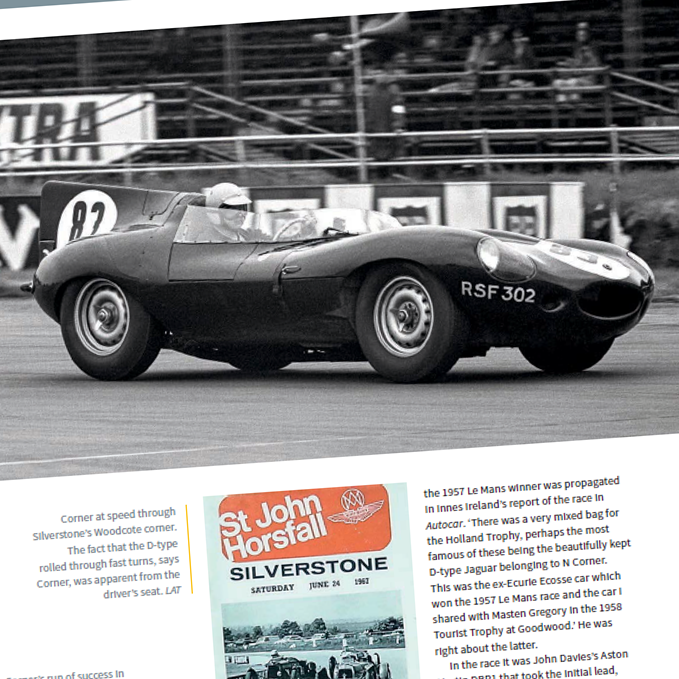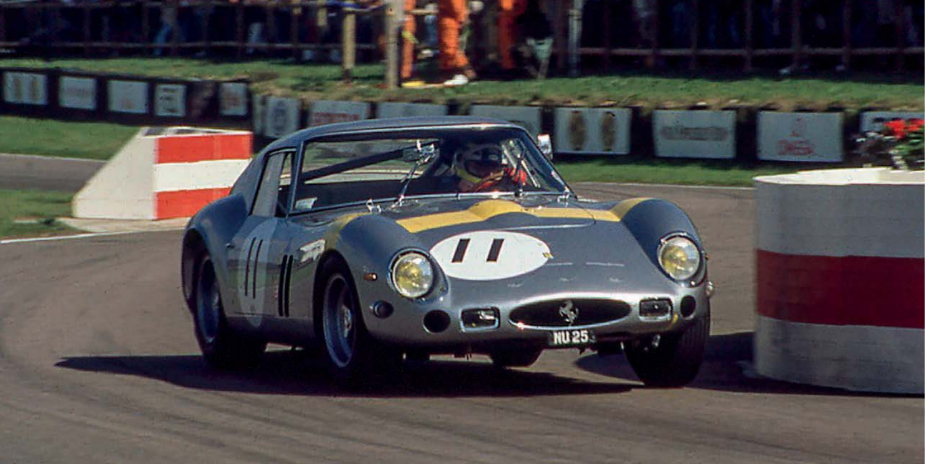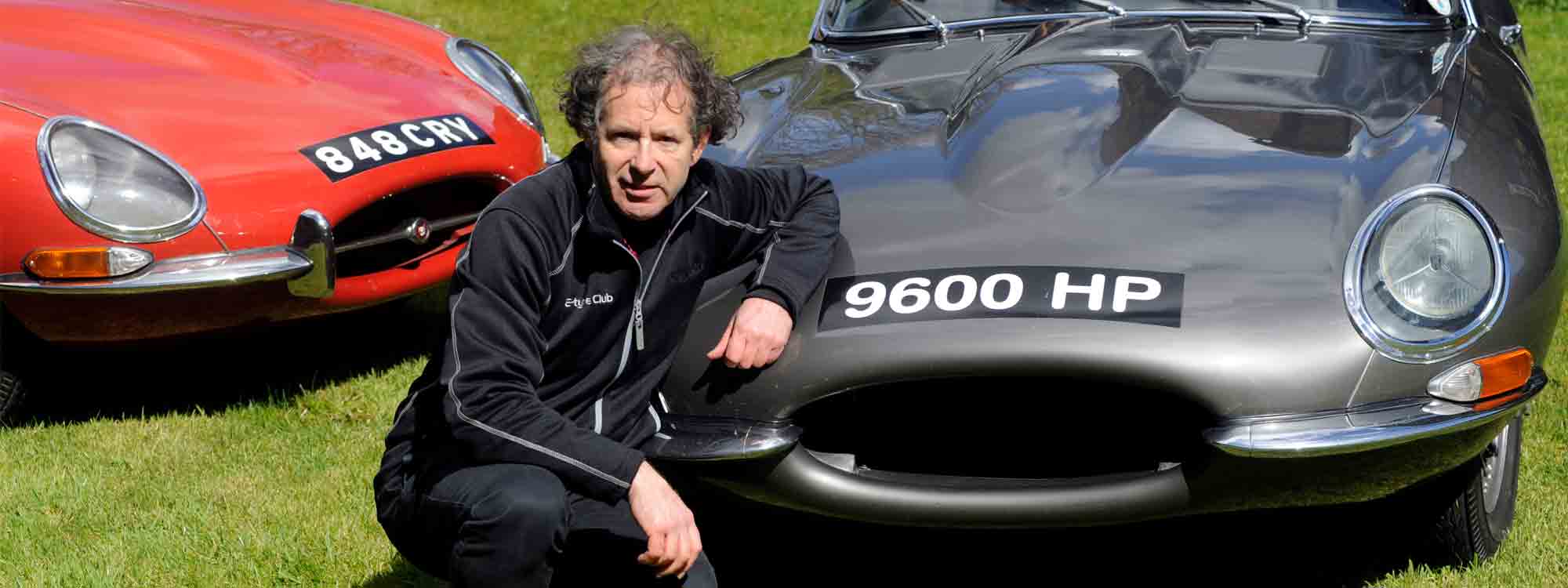
For petrolheads, there has never been a better time to enjoy the past
It’s true: nostalgia is not what it used to be. There have been changes in the ways we enjoy driving and admiring classic road and racing cars and perhaps the greatest change of all is the increasing number of events celebrating such vehicles. Congregations such as the Silverstone Classic, Le Mans Classic, and Goodwood’s Festival of Speed and Revival are a joy to attend. Even smaller events, such as the XK70 Jaguar Festival and Classic Nostalgia at Shelsley Walsh, are an absolute delight. The irony is that the popularity of these occasions owes much to contemporary road and racing cars.

The way we regard classic cars is unavoidably influenced by the vehicles rolling off production lines today. Progress, if you care to call it that, has led to cars becoming aerodynamically clean, fuel-efficient, calmingly quiet, faster accelerating than their forebears, and capable of quick-witted electronic intervention to prevent drivers from transgressing the vehicle’s dynamic limits. This is all well and good, but whatever happened to pleasurable driving sensations?
Where is the modern car’s body lean, to let you sense how cornering forces are building up? Where is the subtle but clear feeling of suspension movement, telegraphing messages about road surface? And when did a modern car’s steering wheel last wriggle and squirm slightly in your hands, constantly feeling lighter or heavier, to accurately communicate levels of grip? Such behaviours help define a car’s character, yet in today’s cars they are lost. As a result, classic cars today feel more engaging than ever before.
The increasing desirability of classic cars, and their availability in strictly limited numbers, is changing something else, and that’s the price we have to pay for them. Sometimes there are downward dips in values, but for a long time now the prices fetched by many classic and collectable cars have been heading in the same direction as an Apollo rocket. This is a mixed blessing. The good news is that rising values encourage greater investment in the maintenance and restoration of these cars, returning more to road and track. The bad news is that some values have been propelled all the way up to the stratosphere, where collectors’ brains are so starved of oxygen that they lose hold of the thought that cars are made for driving.
It is all a bit surreal, isn’t it? In this emerging era of car squirrels, who hole-away their treasures, it is time to pinch ourselves and remember a basic reality. Cars are made for driving! Cars are created for motion! Cars are meant to intoxicate with the aromas of burned oil, combusted fuel, hot engines and glowing brake pads. And cars should be heard making their own kind of music! A car’s character sings out through gearbox clunks, transmission whine, induction gasps, engine growls, and spits and pops and bangs from the tail pipes.

Thank heavens, then, for the booming popularity of live events. Here cars do what they were designed to do. Here those dead museum pieces are miraculously brought back to life. Here engines hammer and howl and shake the neighbourhood crockery. And here you’ll see cars so distinguished that they are the stars of Porter Press books. You can still see in action, for example, R4D, the ERA campaigned before and after the Second World War by Raymond Mays, which has competed almost without break for 80 years. You can still enjoy the sight and sounds of DD300, the Austin-Healey whose drivers in the 1960s included Jim Clark. Or there’s XKD 504, one of the most historically interesting of all Jaguar D-types. Or CMC 614, the 1935 Aston Martin Ulster which has contested more races than any other Aston.
Our books tell the full stories of these and other historic racing cars with compelling narratives, authoritative detail, and fabulous photographs - and seeing and hearing them in action completes the picture. For enjoying cars of the past there’s never been a better time than the present.
By Phillip Bingham






Leave a comment
This site is protected by hCaptcha and the hCaptcha Privacy Policy and Terms of Service apply.